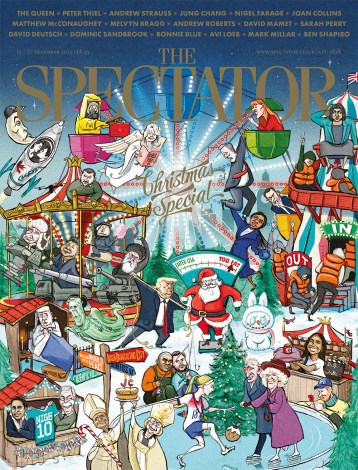Halloween hire
To use a vulgar phrase, I can’t get my head around this exhibition. It seems anything but ‘vulgar’. Daintily laid out and dimly lit in the gloomier cloisters of Fortress Barbican is a series of dresses — the chaps hardly get a look-in, save for some of those white-knee-britched, jaboty, gold-laced-coat get-ups that people like




















